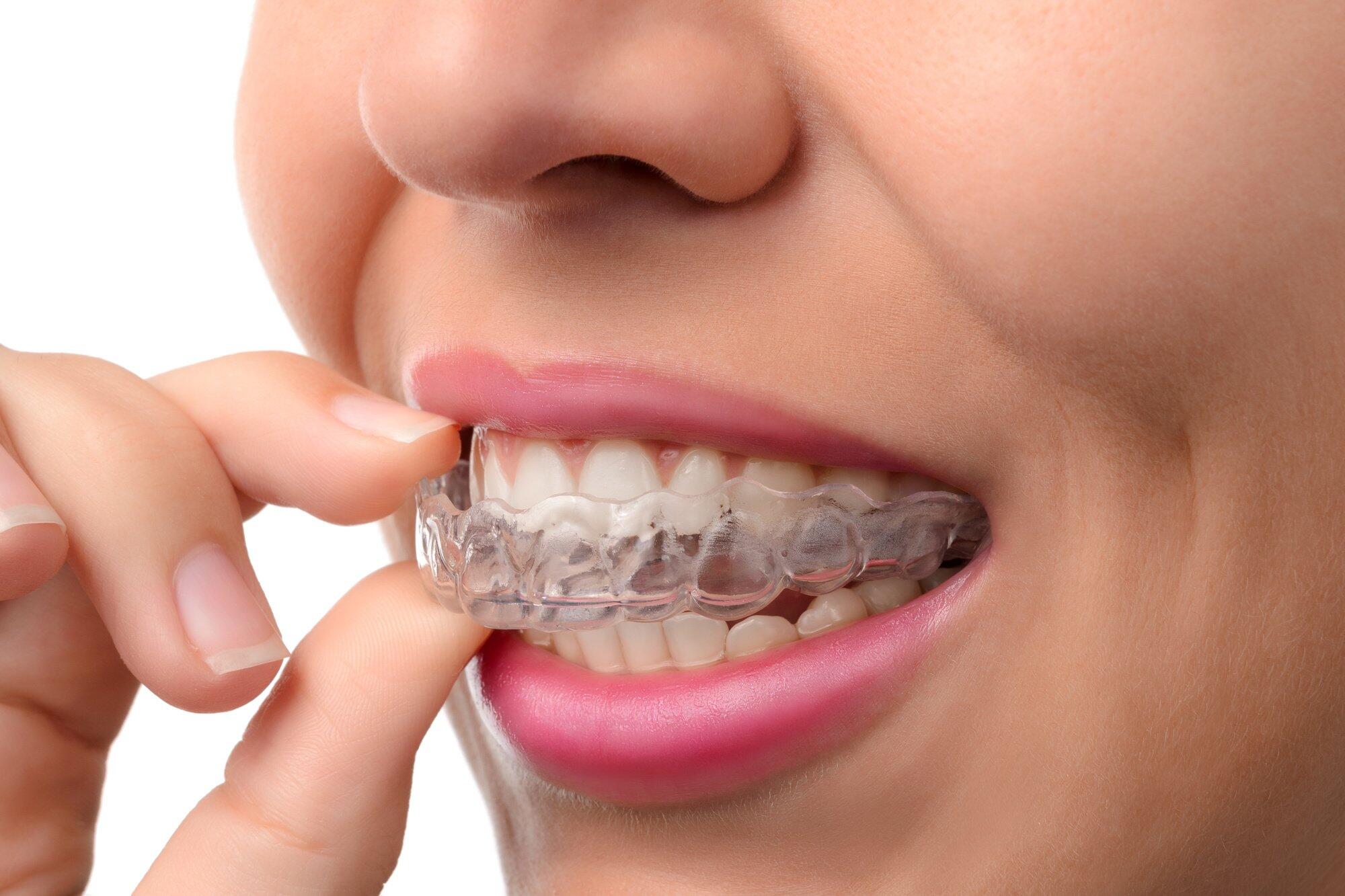Some Known Details About All Star Family Orthodontics
Some Known Details About All Star Family Orthodontics
Blog Article
The Best Guide To All Star Family Orthodontics
Table of ContentsAn Unbiased View of All Star Family OrthodonticsNot known Facts About All Star Family Orthodontics8 Simple Techniques For All Star Family OrthodonticsAll Star Family Orthodontics Things To Know Before You Get ThisThe Basic Principles Of All Star Family Orthodontics

In addition, we offer adjustable therapy timetables, adaptable settlement options and a fun, pleasurable experience.
An orthodontist is a dental practitioner trained to diagnose, avoid, and treat teeth and jaw abnormalities. Orthodontists work with people of all ages, from youngsters to grownups.
Malocclusion, or misaligned teeth, can result in dental issues, including dental caries, gum condition, and challenging or agonizing chewing. However not everybody is birthed with straight teeth. If you have a bad bite or large rooms between your teeth, you may intend to speak with a dental expert specializing in orthodontic treatment.
The Only Guide to All Star Family Orthodontics
(Picture Credit Score: DigitalVision/Getty Images) Orthodontists utilize dealt with and detachable oral devices, like braces, retainers, and bands, to transform the position of teeth in your mouth. Orthodontic therapy is for dental problems, including: Uneven teethBite problems, like an overbite or an underbiteCrowded teeth or teeth that are too much apartJaw misalignmentThe goal of orthodontic therapy is to improve your bite.
While you might assume of orthodontists as primarily for kids or young adults who require braces, they can fix dental problems at any type of age. Orthodontists attend university, oral institution, and orthodontic institution.
, but not all dental professionals are orthodontists. They focus on 2 locations: Exactly how to correctly and safely move teeth Exactly how to appropriately lead advancement in the teeth, jaw, and faceOnce an orthodontist has completed training, they have the choice to come to be board accredited.
Little Known Questions About All Star Family Orthodontics.
Imbalance, or malocclusion, is the most common reason people see an orthodontist. It is hereditary and is the outcome of size distinctions between the top and reduced jaw or in between the jaw and teeth. Malocclusion results in tooth overcrowding, an irregular jaw, or irregular bite patterns. Malocclusion is usually treated with: Your orthodontist attaches steel, ceramic, or plastic square bonds to your teeth.
Some people need a headgear to help relocate teeth into line with pressure from outside the mouth. A retainer is a custom gadget that keeps your teeth in location.

You may need to see an orthodontist if you have: Crowding or not enough area for every one of your teethOverbite, when your upper teeth come over your base teethUnderbite, when your bottom teeth are too much forwardSpacing or issues with gapsCrossbite, which is when your upper teeth fit behind your bottom teeth when your mouth is closedOpen bite or a vertical space between your front base and upper teethMisplaced midline, when the center of your base and upper teeth do not align Fixing an oral malocclusion can: Make attacking, chewing, and speaking easierImprove the symmetry of our face and your total appearanceEase discomfort from temporomandibular joint disordersDifferent your teeth and make them simpler to clean up, assisting protect against dental caries or tooth cavities It's often a dental expert that first notices misaligned teeth during a regular examination.
Some Ideas on All Star Family Orthodontics You Need To Know
Throughout your first orthodontic assessment, you'll likely have: A dental examPhotos taken of your face and smileDental X-raysPanoramic (360 level) X-rays of your face and headImpressions to develop molds of your teethThese tests will aid your orthodontist recognize how to proceed with your treatment. An orthodontist is a dentist that's had training to treat your teeth and jaw.
Orthodontists are dental practitioners however not all dental practitioners are orthodontists. Orthodontists are concentrated on your bite, or the means your teeth fit together, and the straightness of your teeth.

This initial consultation includes an aesthetic assessment of your teeth and bite, X-rays, and potentially even 3D scans. By meticulously examining these elements, the orthodontist can determine any kind of misalignments, crowding, spacing concerns, or jaw inconsistencies. When a clear image is established, the orthodontist will go over customized therapy choices. This conversation will certainly cover the sort of dental braces or aligners suggested (standard steel dental braces, clear aligners like Invisalign, and so on), the projected treatment duration, and any type of prospective challenges or negative effects.
The Ultimate Guide To All Star Family Orthodontics
While braces are the most typically identified orthodontic therapy, orthodontists have a varied toolkit at their disposal. The specific strategy picked relies on the seriousness of the instance, the individual's age, and individual choices. These tried-and-true dental braces use a system of brackets bound to the teeth and linked by cords.
Clear aligners, like Invisalign, are a prominent choice for people seeking a much more very discreet therapy alternative. These detachable trays are custom-made to progressively change the teeth's setting. Headgear might be made use of together with braces or aligners to apply added targeted forces, particularly for dealing with jaw inconsistencies. In situations of slim jaws, palatal expanders can be used to create space for correct tooth positioning.
Report this page